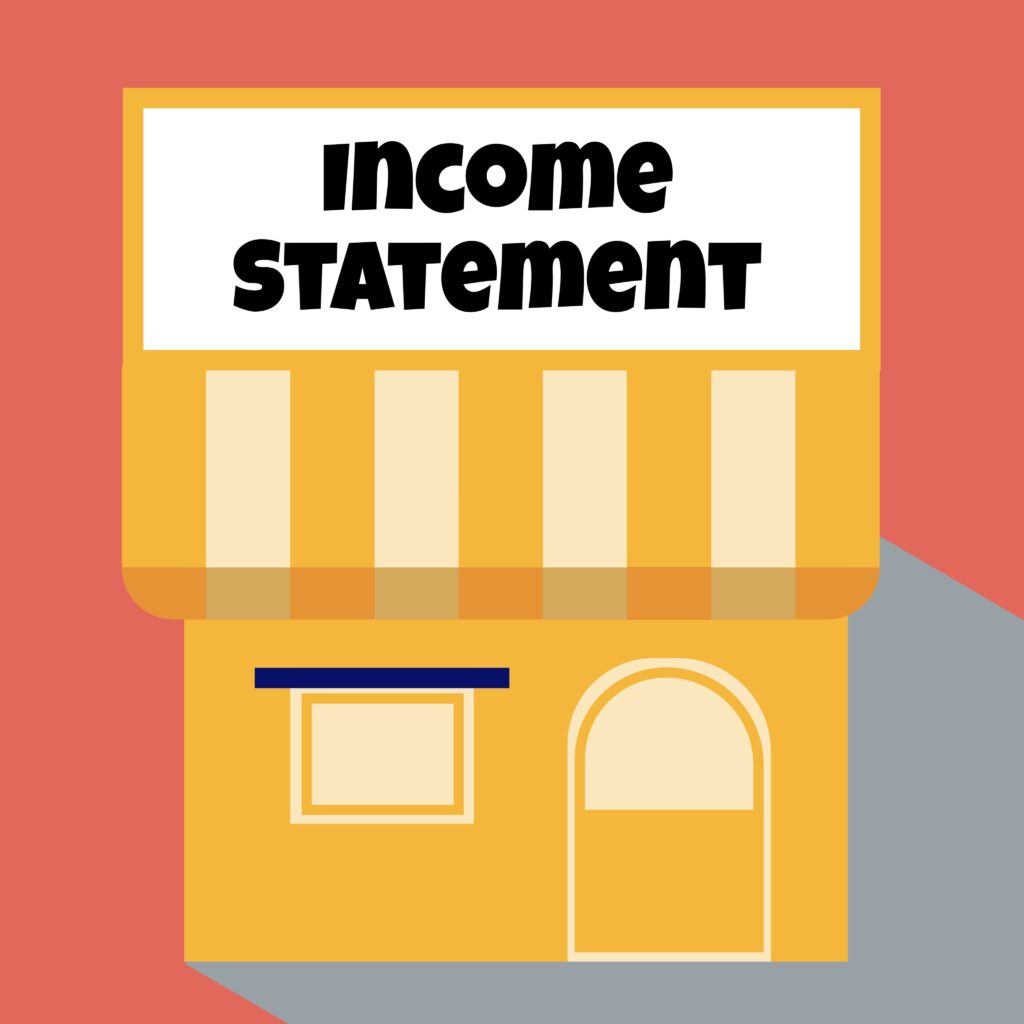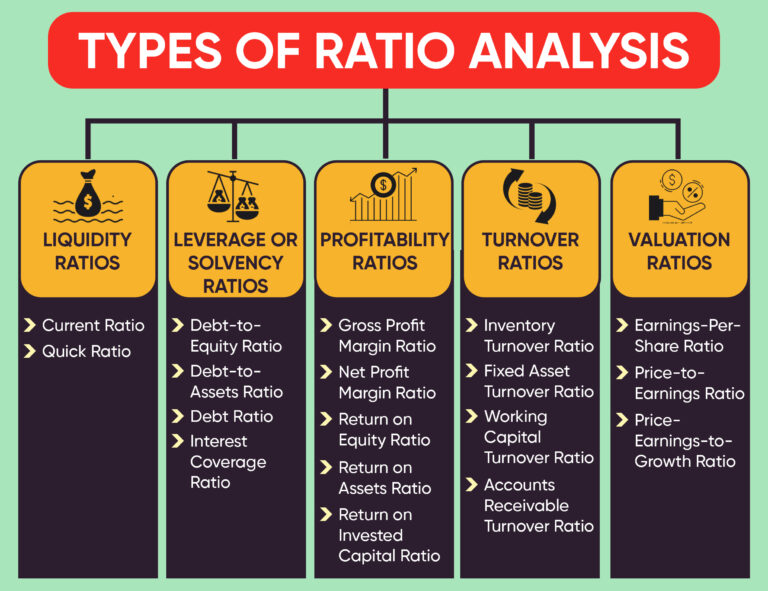What is an Income Statement for Beginners?

The income statement, also known as a profit and loss statement, tells you if the business is making money or not. It reflects a business’s income in a particular period, a quarter, or a fiscal year. It shows the company’s revenues and expenses, or both. A good business with excellent financial management should increase revenues and decrease costs. Accordingly, revenue, expenses, and profit are the three most essential income statement elements.
Revenue indicates the sales a company had during a specific period. It is the most straightforward part of the statement, even though you can subdivide the revenues according to the information. For example, it can be divided into regions or business segments.
Expenses are also an important part of the statement. Therefore, the two most important areas are the cost of sales and the SG&A (sales, general and administrative.
Profit is the total revenue minus the expenses. The higher the profit, the better and more desirable is the business for investors.
NOTE:
- The income statement is prepared on a accrual basis, which means that revenue is recognized when it is earned, even if it is not received in cash. Expenses are recognized when they are incurred, even if they are not paid in cash.
- The income statement is typically prepared quarterly and annually.
- The income statement is used to calculate a number of financial ratios, such as the profit margin, the return on equity, and the debt-to-equity ratio.

What is the Income Statement?

The income statement, also known as the profit and loss statement or statement of earnings, is indeed one of the most important financial documents for both the management team and individual investors. It provides a breakdown of income and expenses over a specific reporting period, typically a quarter or a year.
The key components of an income statement include:
-
Revenue: The total amount of income generated by the business during the reporting period from its core operations, such as sales of products or services.
-
Expenses: The costs incurred by the business during the reporting period. This includes various expenses like wages, rent, utilities, marketing costs, and other operating expenses.
-
Cost of Goods Sold (COGS): This represents the direct costs associated with producing or acquiring the goods or services sold by the business. It includes the cost of raw materials, direct labor, and manufacturing overhead.
-
Gross Profit: Gross profit is the difference between revenue and the cost of goods sold. It represents the profit earned from the core operations of the business before considering operating expenses.
-
Operating Income: Operating income is derived by subtracting operating expenses from gross profit. Operating expenses include items such as salaries, rent, utilities, marketing expenses, and other costs directly related to running the business.
-
Income Before Taxes: This is the operating income adjusted for non-operating items such as interest income, interest expense, and gains or losses from non-core activities.
-
Net Income: Net income represents the business’s final profit after deducting all expenses, including taxes. It reflects the bottom-line profitability of the business.
-
Earnings per Share (EPS): EPS is calculated by dividing the net income by the total number of outstanding shares. It indicates the portion of earnings attributed to each share of common stock.
Additional elements mentioned in the statement are:
-
Depreciation: Depreciation represents allocating the cost of tangible assets over their estimated useful lives. It accounts for the decrease in the value of assets over time due to wear and tear or obsolescence.
-
EBITDA: EBITDA stands for Earnings Before Interest, Taxes, Depreciation, and Amortization. It measures a company’s operating performance and profitability by excluding certain non-cash expenses and financial factors.
The income statement can be further segmented to provide more detailed information. Revenue can be divided by product line or business segment, while expenses can be categorized into various cost types, such as procurement costs, wages, rent, and interest payments.
Analyzing the income statement helps assess a company’s financial performance, profitability, and trends over time. It is an essential tool for decision-making, performance evaluation, and understanding the financial health of a business.



